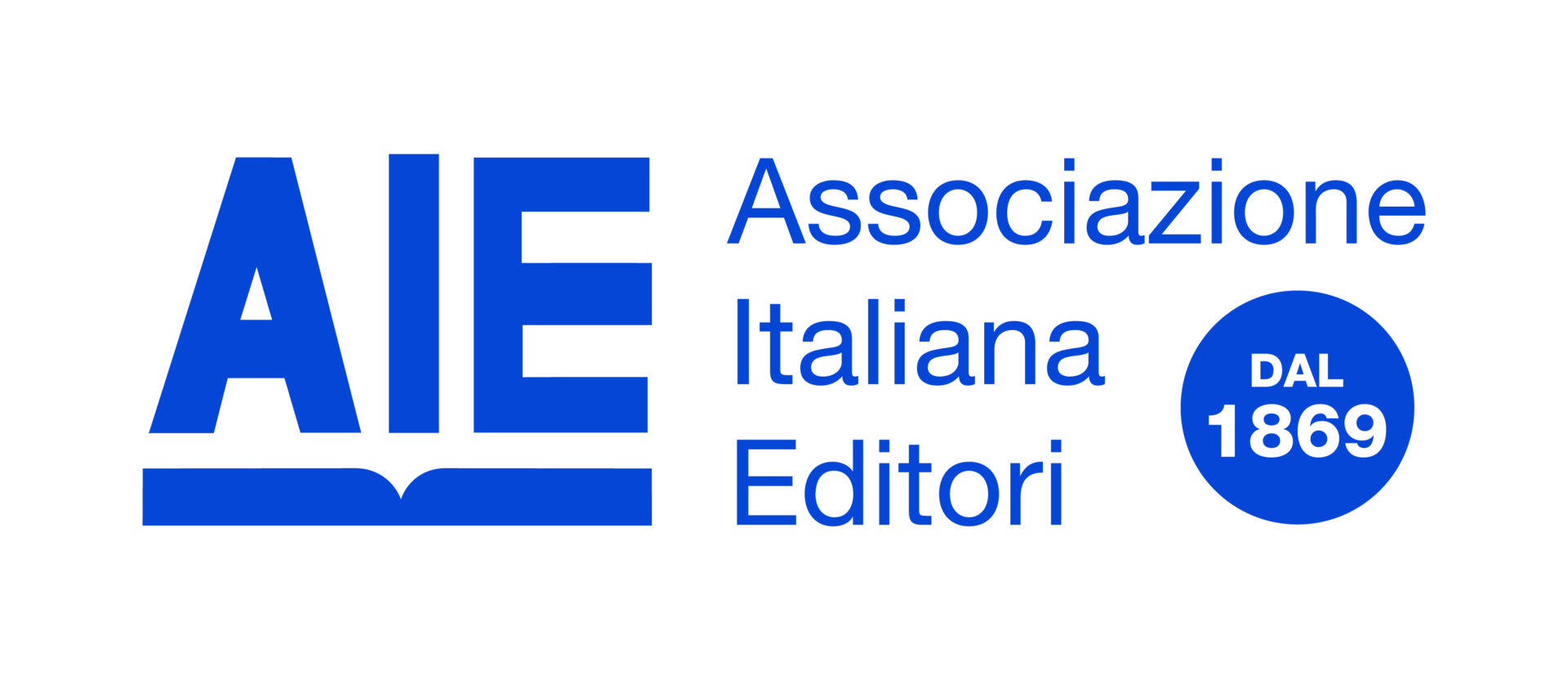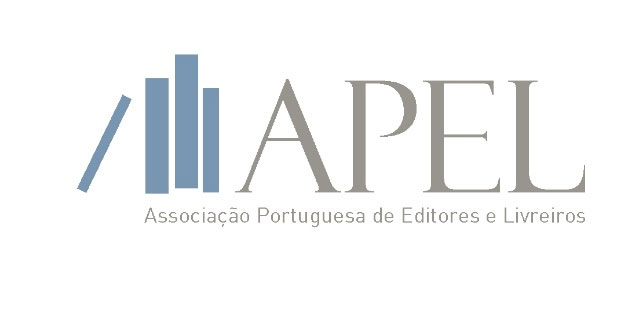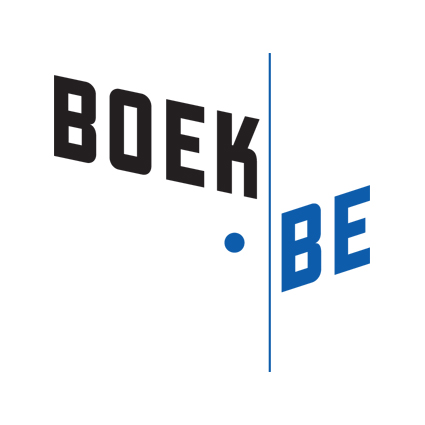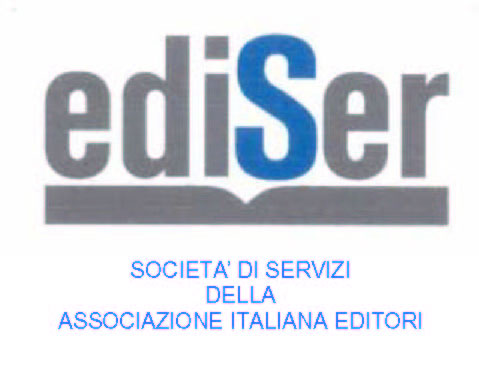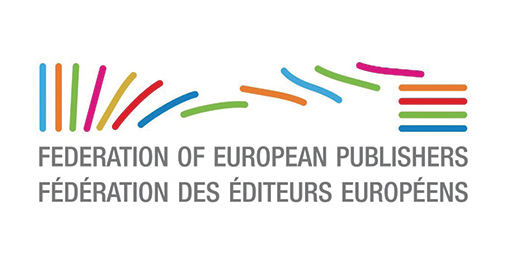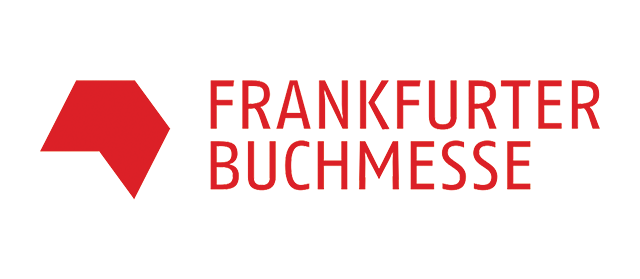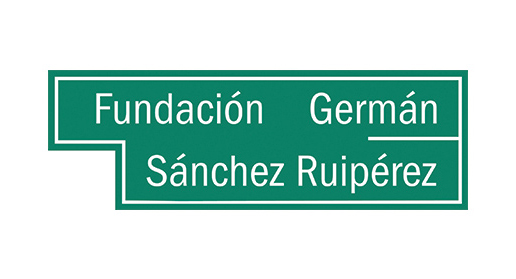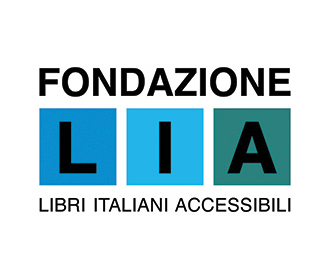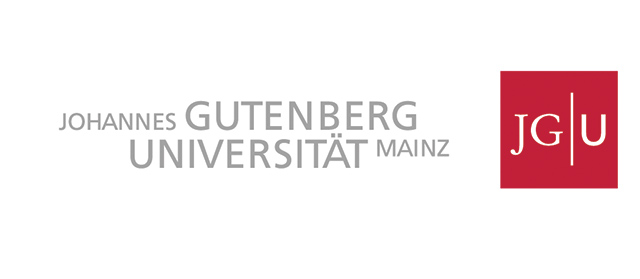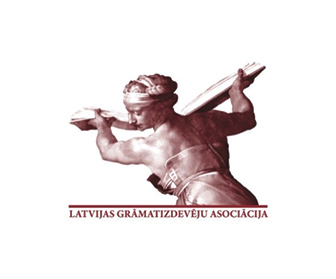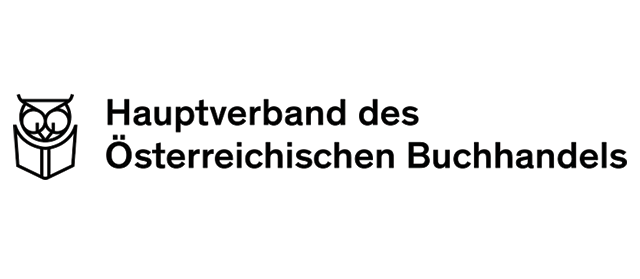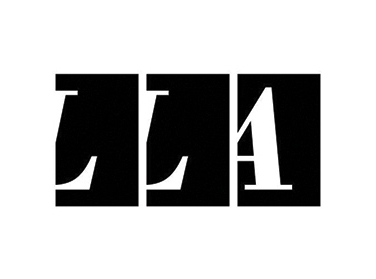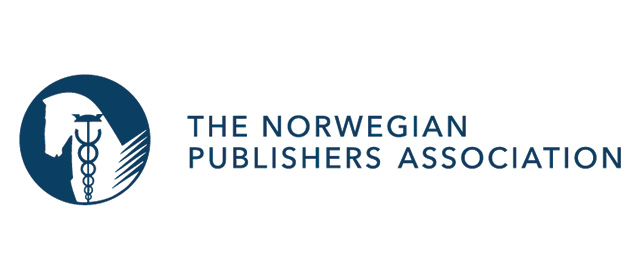A recent survey submitted to some European publishers has shown that most of them publish e-books in EPUB 2 format and that the biggest obstacle perceived in moving to EPUB 3 is the changes they have to make to the current production workflows. Another important element is that authoring tools in most cases are not sufficient to produce a satisfactory EPUB, so that 75% of respondents modify the e-book (often acting directly on the code) once exported.
As said before, in Europe the most widely used file format for e-book production is EPUB 2 whose specifications are now 7 years old. In October 2011, the third version of EPUB, EPUB 3, has been defined and released by IDPF with the help of DAISY Consortium.
Starting this year 2017, IDPF has combined within W3C as Publishing@W3C, and a new Publishing Working Group is working on specs for EPUB as a W3C recommendation (EPUB 4 or PWP)[1].
In France the situation is a bit different as some publishers are moving to EPUB 3. One of the authors of this shift is Luc Audrain, “Head of Digitalization” at the Hachette Livre group and leader of the group “Normes&Standards”[2] of the Digital Commission in the French Publishers Association – “Syndicat National de l’Édition”.
He pushed the Hachette Livre group to move to EPUB 3 and guided them in this transition. We interviewed him to understand how and why this process took place.
What is the state of the art in digital publishing production in France?
Some publishers like Hachette Livre group already produce EPUB3 files, but the vast majority of publishers still produce EPUB2 for Reflowable files.
Is Hachette Livre converting old EPUB 2 files in EPUB 3?
No, no plan yet. But as we started EPUB3 production in 2016, when an older EPUB2 file needs to be edited (small typos corrections), it is re-delivered in EPUB3 with the new existing EPUB3 workflow. Obviously, it would be sub-optimal for our suppliers to maintain the old EPUB2 process.
What are the most interesting elements of the EPUB 3 format?
For me the most interesting elements in EPUB3 are the enhancement of typographic quality with CSS3, the new features for accessibility that expand the market to visual impaired people and last, the compatibility with state of the art in standards: having benefits from the last improvements of the Open Web Platform (e.g. HTML 5.2 for instance).
Regulations in France and at European level on accessibility have also to be anticipated (see the European Accessibility Act).
What are the main pain points in moving to EPUB 3?
There is no technical pain point to switch from an existing EPUB2 process to an EPUB 3 one.
Nonetheless, publishing teams, due to a lack of understanding and fear of compatibility, often step back from the move. It may come from the common thinking that EPUB3 means multimedia (audio, video) and interactivity (Javascript), but those things are not used in the vast majority of e-books. From this incorrect point of view, it is also wrongly said that producing EPUB 3 files will cost much more. For those files produced today in EPUB2 without any enhanced multimedia content, it cannot cost more to output in EPUB3.
Is EPUB 3 compatible with old ereaders?
Yes it is! As old ereaders already read HTML, they can read and display EPUB3 text.
It may be that they don’t interpret new HTML5/CSS3 features, but they do ignore them and text is still readable. Some new visual effects will not be rendered as expected, like drop caps or popup notes for instance.
Old e-readers can’t read EPUB3 navigation file (nav.xhtml) so it is recommended to keep also the EPUB2 navigation file (toc.ncx) for backward compatibility.
All these issues have been successfully tested on old devices with new EPUB3 files.
Are DRMs compatible with EPUB 3?
Yes, now it is.
In 2015, before switching to EPUB3, I had to verify that none of our retailers had problem with this version. Indeed, in the past, there were issues with Adobe DRM for EPUB3, but Adobe fixed this in 2015 in adding a Readium[3] engine inside Adobe Reader Mobile SDK.
I have then been able to check with all retailers that they were able to ingest, protect, distribute and read EPUB3 files: green light to switch production to EPUB3!
It is important to note here that the Readium engine is used Adobe Digital Editions when reading EPUB3 files, thus enabling accessibility. Still, EPUB2 files are not accessible in ADE, even in the latest version.
On a more global perspective, as publishers, we promote interoperability and better user experience: that’s why our Innovation Chief Officer, Pierre Danet(†), was instrumental in the creation of EDRLab association[4], which is working on a new Open Source DRM technology: LCP[5].
Do production workflows have to change a lot?
EPUB2 automated workflows have to be modified to output the value ‘3.0’ instead of ‘2.1’ in the version attribute! Not just joking.
Content has still to be generated in HTML, just adding some more standard values at the start the html documents (HTML DOCTYPE). The only real new thing that has to be added is the navigation file. But as it is a variant of the NCX, its generation can also be automated.
How did you convince French publishers to move to EPUB 3?
Before answering your question, I’d like to remind you that I have initiated this move in 2015 for Hachette Livre publishers only, as a way to promote our digital products as the best available on the market, with respect to cost effectivity.
This “natively accessible EPUB3” move is clearly focused on simple books, text driven layout, with few images, like novels. By the way, this kind of e-books represents the majority of the market in terms of number of titles and turnover.
To answer your question, for our publishers in Hachette Livre, I did emphasize the enhancement of typographic quality, the change at no cost and the increase of potential market in including visual impaired people. The latter are suffering from “book famine” and are eager to be included as ordinary consumers.
On a larger perspective, accessibility is also a major subject for the French publishers association ‘SNE’. The working group ‘Normes&Standards’ I am leading there, has been working hard during the last 18 months to understand the issues of accessibility on all facets, taking advantage of one of the benefit of EPUB3.
During a half-day event we prepared in June for SNE members, we explained to publishers that best practices in editorial workflows are a must to include accessibility to simple books.
You may find our presentation and useful resources we published for free on SNE web site[6].
[1] https://www.w3.org/publishing/
[2] https://www.sne.fr/numerique-2/normes-et-standards/
[3] http://readium.org/projects/readium-sdk
[5] https://www.edrlab.org/readium/readium-lcp/
[6] https://www.sne.fr/numerique-2/normes-et-standards/, Atelier 2017 « Production d’EPUB nativement accessibles aux publics empêchés de lire»
 By
By 



